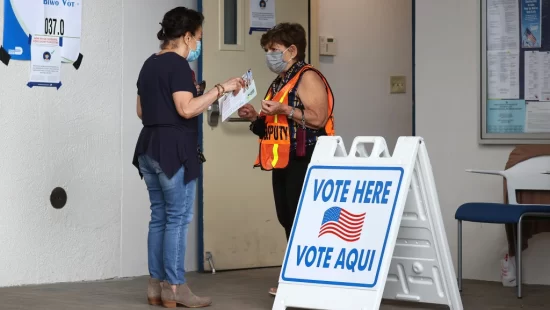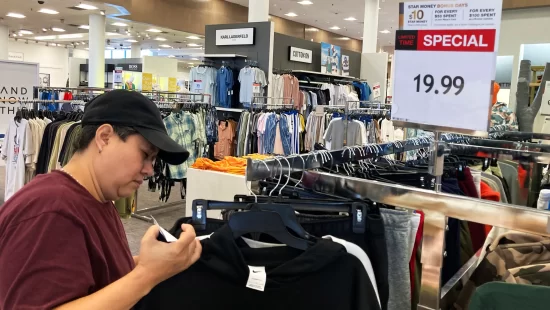Acorn squash, Spam and baby food lined the shelves on a recent day at a college food pantry in California’s capital city, a resource that students receiving federal aid to purchase groceries may have to increasingly rely on because that assistance has been in limbo during the government shutdown.
Hundreds of students at California State University, Sacramento, or Sac State, visit the school’s Basic Needs Resource Center every week, where they can select up to a dozen items per trip — ranging from fresh produce and meat to toiletries and secondhand clothes.
“It’s a big blessing,” said Antonette Duff, a junior studying psychology at the university who’s enrolled in the federal Supplemental Nutrition Assistance Program, formerly known as food stamps.
More than 3,600 students at the college of roughly 31,000 receive aid through SNAP, said Emily Tupper, the college’s director of Crisis Assistance and Resource Education Support. More than 200,000 college students in California and 1.1 million nationwide are on SNAP, according to the state’s Department of Social Services and the U.S. Government Accountability Office, respectively.
Many students are facing tuition and housing bills, juggling classes, and often working lower paying part-time jobs that make it difficult to afford groceries, with prices on the rise.
SNAP benefits for roughly 42 million people in the U.S. They were cut off at the beginning of November due to the government shutdown.
A federal judge last week ordered the Trump administration to fully fund the program, but late Friday the U.S. Supreme Court granted the administration’s emergency appeal temporarily blocking the order. The mixed messaging has left students who rely on SNAP confused and colleges trying to curb hunger on campus by spreading awareness about food pantries and handing out free meals.
“It just puts students in a really horrible position,” said Mike Hannigan, a student at Greenfield Community College in Massachusetts and an advocate against food insecurity on college campuses.
Hannigan receives just under $300 a month from SNAP, but the benefits didn’t come through at the beginning of November due to government delays.
If SNAP benefits keep getting delayed, he doesn’t know what he would do to afford groceries, he said. Some students, including those at community colleges who don’t have meal plans, may “have to decide whether or not they are going to attend a class or they’re going to pick up an extra shift to try to make money to be able to feed themselves or their families,” Hannigan said.








